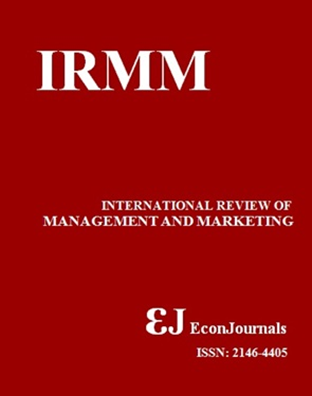Satisfaction and Loyalty of Korean Restaurant Consumers Based on Consumer Value and Knowledge
DOI:
https://doi.org/10.32479/irmm.14207Keywords:
Korean Food, Satisfaction, Loyalty, Knowledge, Consumer ValueAbstract
Korean food is increasingly popular worldwide, which has made many Korean restaurants pop up, including in Yogyakarta. However, with the various challenges, some restaurants are currently not operating. One of the factors that may be the cause is the need for more consumer satisfaction in the competitive Korean food market. This research examines the effect of consumer values (hedonic and utilitarian value) and consumer knowledge on consumer satisfaction and loyalty in Korean restaurants. Partial Least Square was used in this study by taking a sample of 331 respondents using purposive and snowball sampling techniques through online surveys. Validity and reliability tests were also carried out at the beginning of data processing. Descriptive analysis is used to find out socio-demographic information and consumer behaviour. The analysis results show that consumer value and knowledge positively and significantly affect customer satisfaction and loyalty. Utilitarian has a greater influence than hedonic values. Satisfaction can be explained by hedonic and utilitarian value and consumer knowledge by 60.2%, while consumer loyalty can be explained by 61.8%.Downloads
Published
2023-03-19
How to Cite
Zavira, C. M., Ismoyowati, D., & Yuliando, H. (2023). Satisfaction and Loyalty of Korean Restaurant Consumers Based on Consumer Value and Knowledge. International Review of Management and Marketing, 13(2), 28–35. https://doi.org/10.32479/irmm.14207
Issue
Section
Articles




